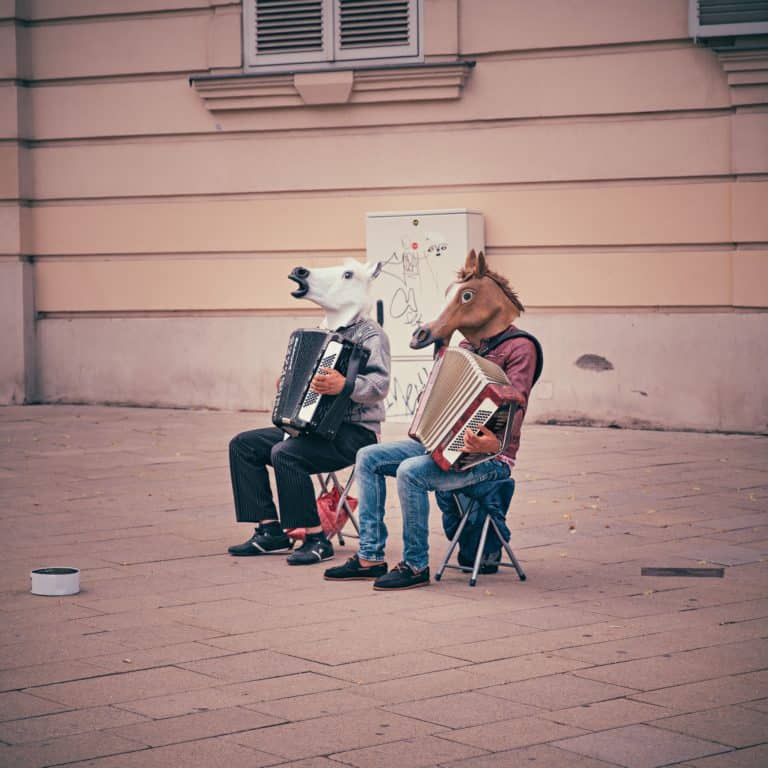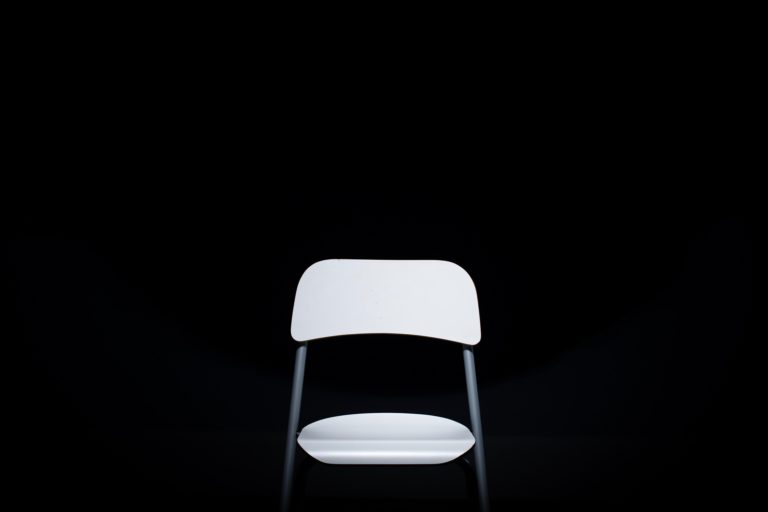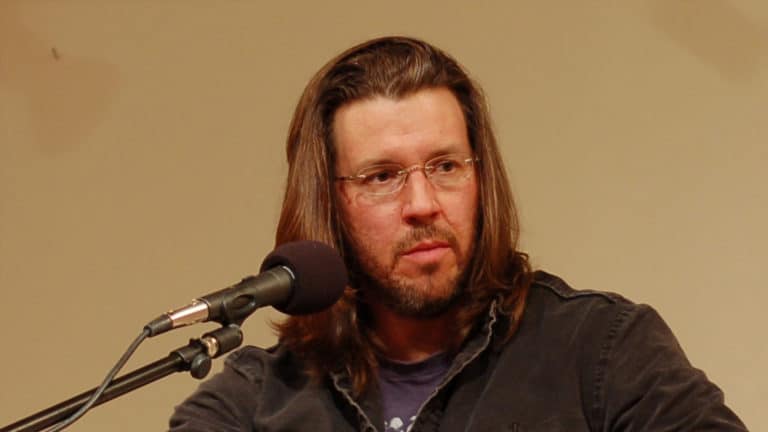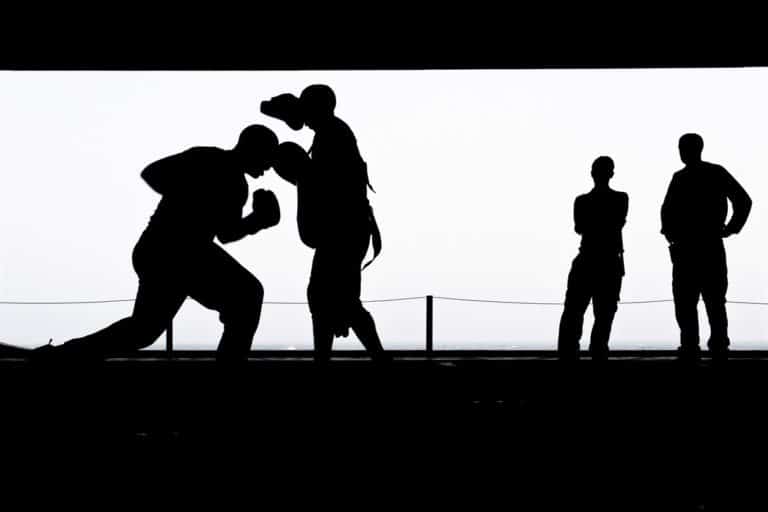The first step in writing a novel is reading novels, is one of those truistic bits of canonical wisdom. Most would-be novelists are pleased to hear this because they already read novels. Hey, they think, I’m ahead of the curve! Ha ha ha if only.
I am sorry to inform you that, although you have doubtless been reading novels since you were a baby, you have been reading them wrong. Not wrong in the sense that you’re a bad reader — I don’t know you but I’m sure you’re a great reader. It’s just that there are (at least) three different ways to read novels, and the way you’re doing it might not be the way that’ll help you write them.
Way #1: Reading like a reader
This is the way most of us read naturally. We read novels for lots of reasons, but chiefly for pleasure. So we read to maximize the different kinds of pleasure the novelist has set out for us: the immersion in an imaginary world, the surprises and reversals and inevitabilities of plot, the emotional stimulation of caring about characters both like and unlike ourselves. Our judgment in this mode is largely along a set of axes that run from good to bad.We can say that we love this book, but that other one is not our kind of thing at all. Writer X creates great characters; Y writes gripping page-turners; Z has a unique style, you love it or you hate it.
If what you want to do is read books, you should concentrate on reading this way as well as you can.
Way #2: Reading like a critic
This is a version of Way #1 that’s enhanced by an additional level of participatory engagement, like watching a movie while recording a commentary track about your experience of the movie. You have to be very good at Way #1 reading: you need exquisitely sensitive pleasure-antennae. And then you have to be able to examine that enjoyment, and to connect it to the text of the book: you have to be able to understand why book P works and book Q doesn’t.
If you want to think, talk, or write about books, this is how to read.
Way #3: Reading like a writer
This one is different. Because you have to be hungry. You have to read like a hungry person walking past a beautiful outdoor café filled with happy rich people enjoying sumptuous meals. Look, that lady dropped something on the ground, it’s a bite of fish with peas, pick it up and stuff it in your mouth. That guy’s looking at his cellphone, grab half of his sandwich off his plate. There’s a woman feeding scraps to her little dog — put on a dog costume and crouch at her feet with your mouth open. This way of eating does not emphasize pleasure. It emphasizes strategy and desperation.
Or here’s another way to describe it: you have to read like a detective, but not an old-fashioned by-the-book detective. You have to read like the kind of detective who’s always getting inside the mind of the killer, who is maybe a little bit crazy himself. With every sentence you read, you have to ask: Why did the writer do that? What could she possibly hope to achieve that way? This character is annoying — what’s he for? Why am I reading faster than I was a few pages ago? How did we get to the point where I’m interested in all this crap about hunting/topology/the glove industry?
Because the writer you’re reading is solving problems right in front of you, and those are the same problems you’re going to face when you sit down to work tomorrow. And it’s going to feel like the waiter is never going to come, and two more bodies just turned up by the docks. Better be ready.





















